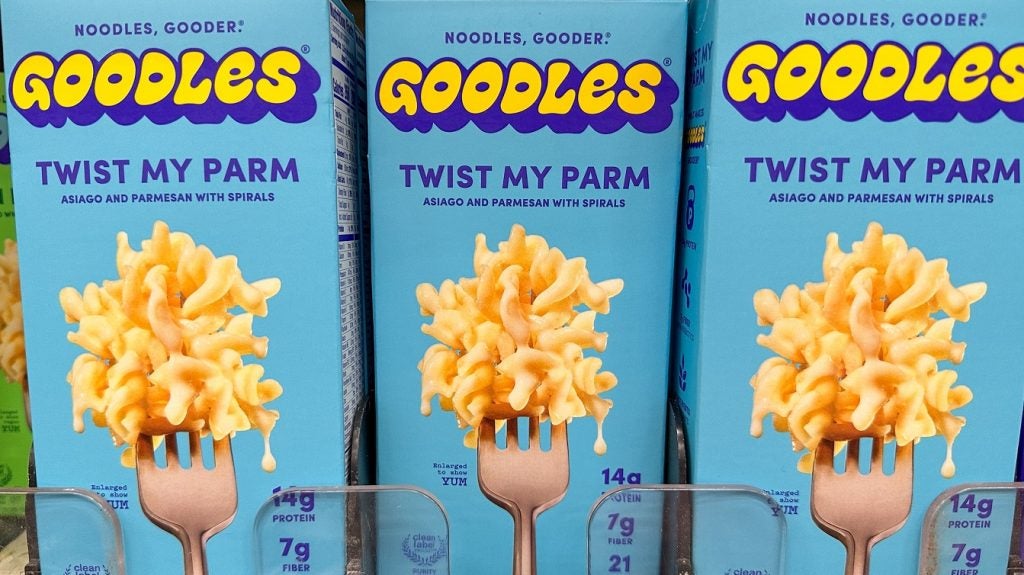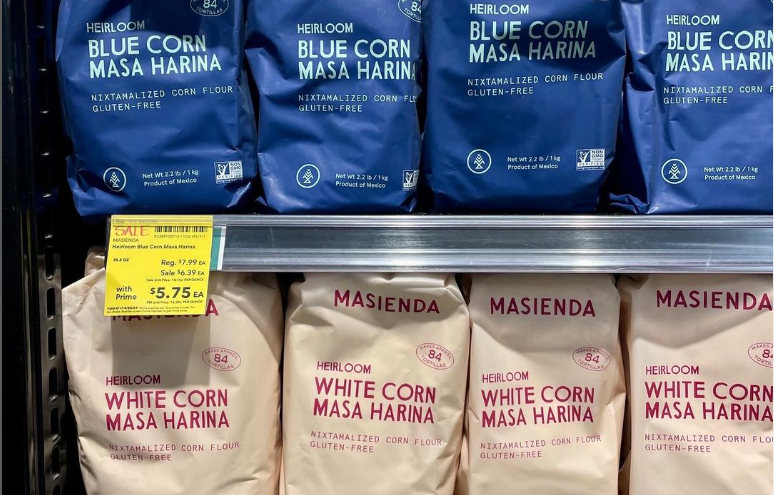
Smaller and practical are the new big and disruptive in the consumer packaged goods (CPG) industry in the US.
Trying to disrupt the entire CPG sector with venture-capitalist-financed, moonshot concepts like meal kits and food tech, or attempting to completely reinvent entire categories like meat and dairy with plant-based and lab-produced analogues are out.
If you want to be successful, what’s in is to focus on existing, proven CPG categories – even the most basic – and create brands and products that offer consumers something more; modern versions of existing brands.
I call it the “new practicality”. It’s more terrestrial than moonshot and, at least for those who understand where we’re at right now, it’s a return to focusing on consumers and learning about and satisfying their unmet needs and desires.
Then and now
Pre-pandemic, major disruption of the CPG and grocery retailing industries in the US was on its way. Many predicted (and backed their prognostications with billions of dollars of investment money, most of which has been lost) that technology would disrupt what Americans eat and how they obtain their food. If you recall, the traditional CPG store system in the US was going to go the way of the horse and buggy to be replaced by things like meal kits, fake meat and home delivery.
Technology is an aid or add-on to our existing system rather than a disruptive replacement for it
 GlobalData Strategic Intelligence
GlobalData Strategic IntelligenceUS Tariffs are shifting - will you react or anticipate?
Don’t let policy changes catch you off guard. Stay proactive with real-time data and expert analysis.
By GlobalData
Ironically, the traditional CPG system was reinforced and made stronger during the pandemic shutdown despite the fact technology did play its biggest role to date in consumer food choice and distribution. What we learned – or at least should have learned – is that technology is an important aid or add-on to our existing system rather than a disruptive replacement for it.
Shortly after the pandemic ended, inflation – which has included the highest rate of food inflation in the US since the early 1980s – began. It’s moderated considerably since its start but it’s still with us.
One of food inflation’s longer-term consequences – we’re seeing it play out right now – is that US consumers are placing a greater emphasis on value than they have in a very long time. Not only are they spending more money on food at the grocery store than they are away from home – the opposite was the case before the pandemic shutdown in 2020 – they’re also looking for value when it comes to the brands they’re choosing at the grocery store. This is the reason why we’ve seen sales growth in private label or store brands over the last couple of years. It’s also why we’ve seen retailers improve the quality and overall value proposition of their store brands.
Lay of the land
Today’s US consumer wants value, which doesn’t necessarily mean it has to be the lowest-priced branded product – far from it in fact – but it does have to be priced right.
Consumers also want premium, indulgent and better-for-you branded CPG products and are willing to pay a price premium for brands that offer these attributes, as long as they perceive the products offer them value.
Category also matters in this regard. Indulgence is more important – and consumers are willing to pay more for products that offer it – in the snack food and pasta sauce categories than in the canned vegetable category, for example.
Indulgence, premiumisation and better-for-you attributes are consistent across most categories today, though. For example, the fastest-growing brands in the boxed macaroni-and-cheese and canned beans categories are premium and better-for-you. This wasn’t the case just a few years ago.
Category reshaping
The focus right now for all CPG companies in the US – early-stage, emerging-brand and big-brand alike – should be on the “new practicality”.
This focus is centred on the consumer and starts by looking at existing categories and the brands that comprise them. What’s missing in a given category? What, based on consumer research, are products that can address unmet consumer needs or desires? What lifestyle changes today open the door to creating sub-categories of existing categories? This questioning, thinking and subsequent experimenting was what led to the creation of the first energy bar products, for example.
This is a time ripe for category reshaping in US CPG. The opportunity for small and big brands has never been better, as long as we remember that value – the value proposition – is key to consumers and therefore to the success of any new brand or product from an existing brand. Consumers will pay a price premium for brands that they perceive offer them value.

Two good examples of this category reshaping are Goodles in the boxed macaroni-and-cheese category and Carbone in ready-to-use pasta sauce. Both brands have received excellent consumer response and in a very short time have achieved insurgent brand status.
The two brands are satisfying previous unmet consumer needs in the two categories: premium/indulgent in the case of Carbone pasta sauce and premium and better-for-you in the case of Goodles. It’s no accident that both are on the potential acquisition target lists of more than one big CPG company CEO.
People still want to buy CPG products at the grocery store like we’ve been doing for ages
Nearly every existing category has an opening for modern-version brands that offer a unique and authentic twist on existing brands. Canned beans? Heyday Canning has launched a value-added and modern version of canned beans with a higher category price point that appears to be doing well in a category that is traditionally price-focused. A Dozen Cousins and Bean Vivo are doing the same but have jettisoned the can and instead are using a shelf-stable pouch as a point of differentiation.
Grains and flours? Los Angeles-based Masienda has taken masa, which has traditionally been positioned as a price-focused, branded, commodity item in the US, and turned it on its head, creating a premium product that is intentionally priced at a considerably higher price point than the existing leading brands. It’s secret? A line of higher quality masa, including blue, yellow, white and heirloom varieties in an upscale package. It’s selling and gaining retail distribution. Masienda is playing a leading role not only in reshaping a category but in reshaping the traditional positioning of a product from commodity to more value-added.

What these brands and others are demonstrating is that there’s room for new brands and new products from existing brands in every category, from soup to nuts. The key of course is making sure the new brand and product has the right stuff to succeed.
The bigger picture
The entry of venture capitalists into the US CPG industry in a big way, combined with the growth in the acquisitions of smaller brands by big CPG companies as part of their effective outsourcing of innovation, reshaped the industry in key ways pre-pandemic. Start-ups proliferated, many for the primary reason of getting acquired – the exit – by a big food company.
Venture capitalists, many of which came from the tech industry, adapted that model to CPG, thinking that they could change and shape the sector by investing huge sums of money in disruptive start-ups in areas like meal kits, online grocery stores and alternative meat.
Mostly, though, the attempted disruption has failed. People still want to buy CPG products at the grocery store like we’ve been doing for ages. And that’s where the major opportunity for CPG companies is in the US today, in those categories in those grocery stores. It’s also where the major opportunity is for venture capitalists. Consumers remain hungry for modern versions of proven products in existing categories as well as for new products in new categories and sub-categories. What’s old is new again. This is the ‘new practicality’ in US CPG.



